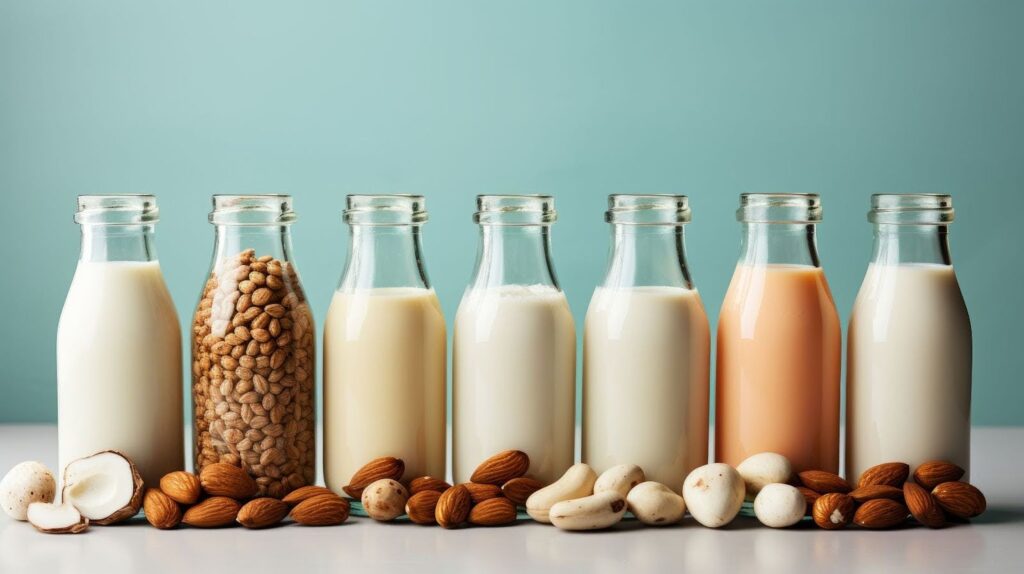Nutrition is essential for protecting our health and wellbeing throughout our lives, and it becomes even more important as we age. “Eating for health” usually calls salad and seafood to mind, but there’s a wide range of dietary choices that can support our wellbeing, and that leaves a significant role for the humble glass of milk. Milk and its alternatives support the health of our bones, muscles, and even our hearts – making it a lynchpin of aged care food services.

The cream of the crop
Milk and milk alternatives are excellent sources of calcium, protein, and Vitamin B12. This means regular consumption has significant health benefits, with the calcium hit helping to reduce the risk of fractures and osteoporosis, while the sizable protein bump can help preserve muscle mass and strength in older adults1. Milk is notable for the sheer density of these minerals, and when coupled with its omnipresence, milk-based meals make for the perfect nutritional shot in the arm.
What are our options
A resident doesn’t have to miss out if they’re lactose intolerant! There are a range of alternatives available that match or surpass the nutritional content of cow’s milk, such as soy milk, almond milk, oat milk, or rice milk. While these are generally as healthy or healthier than cow’s milk, they do have tradeoffs; while almond or oat milk contains significantly fewer saturated fats than cow’s milk, they also contain significantly less protein and calcium.
Some brands aim to fight this by fortifying their milks with calcium. When you’re weighing up your next alternative milk purchase, make sure it contains at least 100 mg of calcium per 100 ml of milk – and feel free to refer to this handy graph by our Food Team if you get stuck!

Fortify the milk, fix the odds
Milk is a potent nutritional booster by itself, but sometimes switching to full-cream just isn’t enough. Food fortification is an intervention used in aged care food services to increase the nutritional value of food and drink without increasing its volume, and milk makes the perfect delivery vehicle for high-calorie payloads.
Full cream milk can be fortified by mixing in milk powder to beef up the protein and calcium content. Once prepared, this fortified milk can be used wherever milk normally is to provide the resident with additional nutrients – and if they have a sweet tooth, it’s the perfect basis for a fortified milkshake or flavoured milk that can help meet their caloric needs.

Humble but powerful
We may not think about it twice after finishing our morning coffee, but milk is a silent workhorse in maintaining our nutritional intake. Whether served as a tall glass of chilled full cream or a freshly fortified soy iced latte, milk is set to continue being a staple of aged care food services.
Meeting the complex nutritional needs of residents can be challenging, and we understand that providers don’t always have the time to dive into the information on the back of every milk bottle. If you’d like to know how dietitian-designed meals could help your aged care facility, then reach out to our Aged Care expert via the details below.
References : 1. Victorian Department of Health 2012, Milk, Better Health Channel , Victorian Department of Health , viewed 13 February 2024, <https://www.betterhealth.vic.gov.au/health/healthyliving/milk>